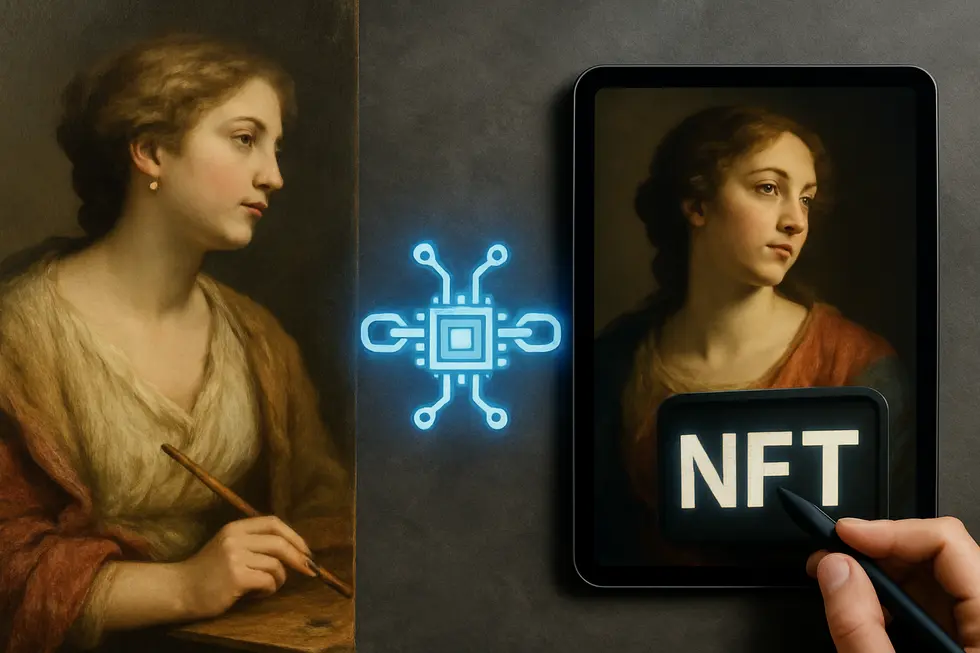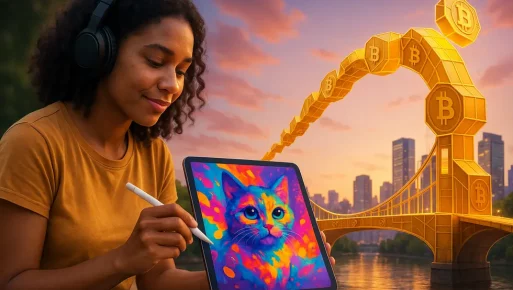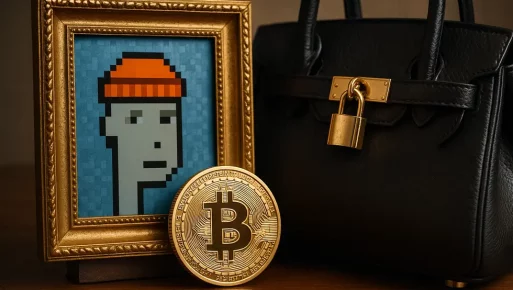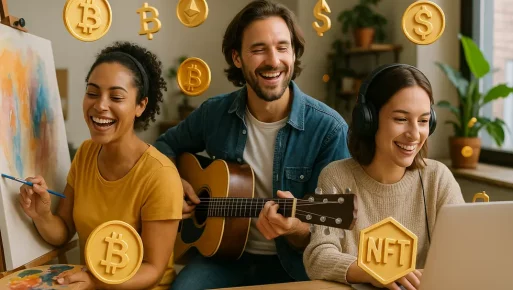As artists, we continuously seek out new avenues to reach global audiences and unlock additional income streams. In today’s era, the fusion of traditional art and technological innovation offers an unparalleled opportunity: turning traditional art into NFTs. This process not only enables artists to gain exposure to international markets but also provides a dynamic platform to prove authenticity and retain ongoing royalties. Each chapter in this journey will guide you through the essential steps, from understanding digitization to navigating legal considerations, ensuring a seamless transition of your art into the thriving NFT ecosystem.
Bridging the Divide: From Canvas to Code with NFTs
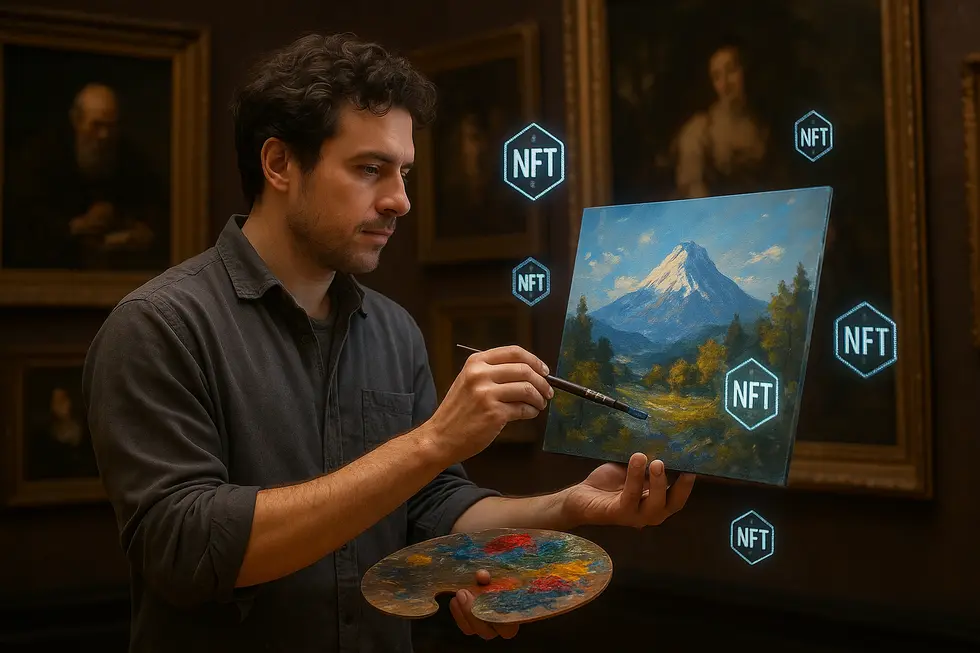
In the burgeoning world of digital assets, non-fungible tokens (NFTs) have emerged as a revolutionary way to transform traditional artworks into exclusive digital counterparts. This process entails converting physical art—paintings, sculptures, drawings—into NFTs, thus embedding them within the blockchain ecosystem. At its core, this transformation involves digitizing the art to capture its essence in digital formats like JPEG or 3D files.
Once digital, the artwork is registered as a unique token on a blockchain, ensuring it remains one-of-a-kind. The Ethereum blockchain is a popular choice due to its vast marketplace and wallet compatibility. To proceed, an artist sets up a cryptocurrency wallet linked to an NFT marketplace such as OpenSea, where the artwork file is uploaded. The token minting process then creates an immutable proof of ownership embedded on the blockchain. This step also involves metadata addition and a payment of minting fees, commonly referred to as ‘gas fees’ source. By digitizing their art, artists gain not only a global audience but also a novel avenue for revenue, transcending traditional geographical constraints.
Unlocking New Horizons: The Role of Digitization in Transforming Art into NFTs
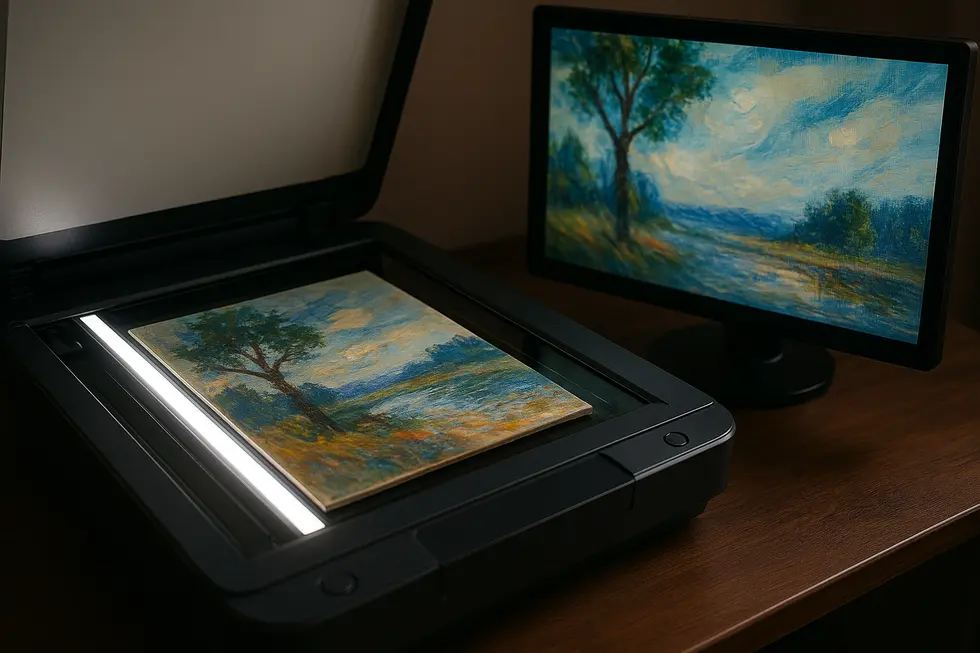
Digitization is the bedrock for converting traditional art into NFTs, providing the bridge between physical creativity and the digital marketplace. By converting analog artworks into digital formats such as JPEGs or GIFs, artists make their work compatible with NFT platforms, allowing their creations to be minted and sold globally. This pivotal step not only broadens audience reach but also secures artworks with blockchain’s unwavering security and provenance tracking, ensuring authenticity and collectible value. Beyond showcasing, digitization offers artists direct access to economic opportunities previously unimaginable in traditional art commerce. Through smart contracts coded into NFTs, creators can earn royalties from secondary sales automatically, keeping them financially connected to every transaction of their work. Furthermore, digitization lays the foundation for integrating art with cutting-edge technologies like AI and blockchain, creating a vibrant digital artscape. By participating in thriving NFT communities, artists gain unparalleled exposure, transcending the limitations of conventional galleries. For comprehensive guidance on creating NFTs, refer to Coursera’s article on digital art and NFTs. In essence, digitization is not merely a technical process but a transformative force reshaping art’s future and its economic landscape.
Navigating Blockchain Platforms for NFT Art Transformation
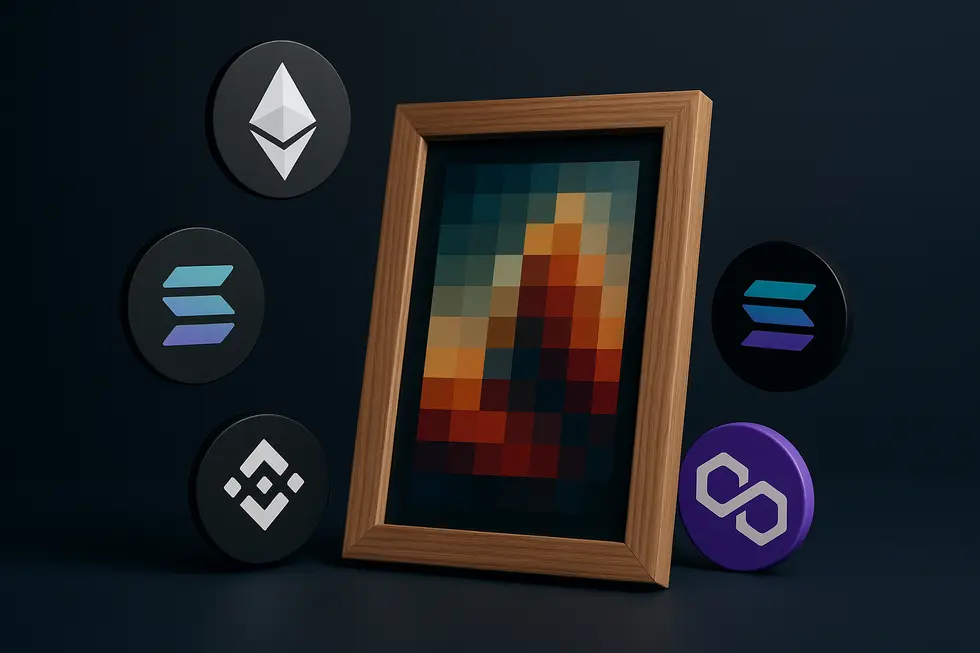
Choosing the right blockchain platform is crucial for traditional artists venturing into the NFT space. Ethereum stands out due to its vast user base and robust infrastructure, supported by leading marketplaces like OpenSea and Rarible. It offers strong provenance and programmable royalties, beneficial for artists seeking visibility and consistent resale income. However, its high gas fees and environmental impact must be considered—though recent upgrades to proof-of-stake have mitigated some concerns.
For artists prioritizing ease and lower costs, blockchains like Solana present enticing alternatives, offering reduced fees and faster transactions. Platforms such as Magic Eden cater to cost-conscious creators seeking broader exposure with less financial burden.
Community and curatorial aspects also influence platform choice. Open platforms like Rarible provide flexibility but lack curation, whereas exclusive platforms like Foundation offer prestige through invitation-only access, appealing to established artists focused on exclusivity.
Ultimately, artists must weigh factors such as costs, royalties, community involvement, and environmental impact to select a platform that aligns with their artistic goals and principles. Learn more about popular NFT marketplaces.
The Digital Gateway: Setting Up Crypto Wallets for Art NFTs
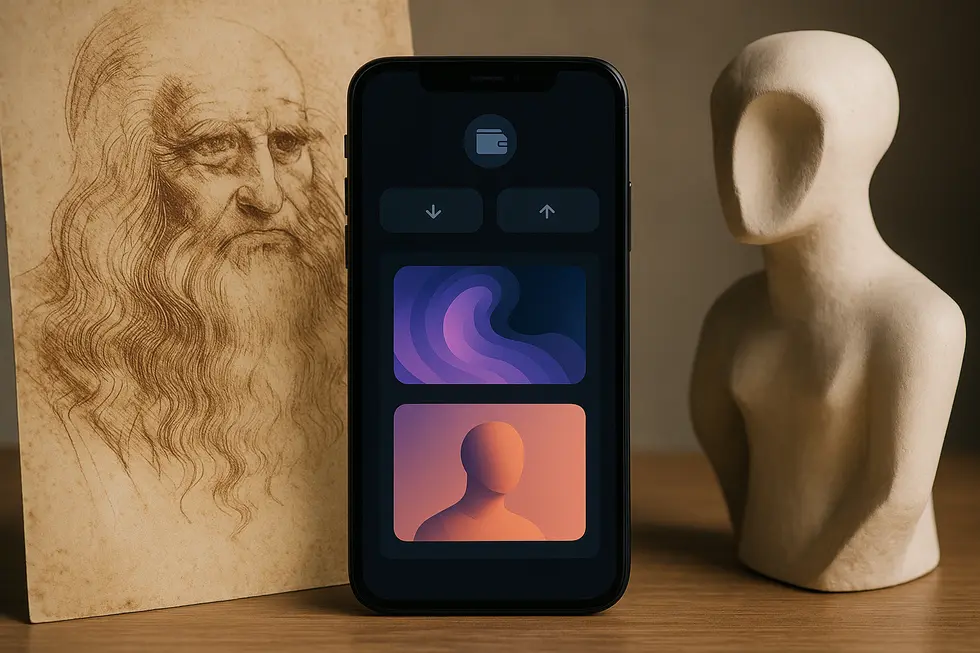
Digitizing traditional art into NFTs begins with setting up a secure crypto wallet, which acts as both a bank and a passport in the digital world. First, select a wallet compatible with major NFT platforms—options like MetaMask or Coinbase Wallet are popular due to their ease of use. After downloading the app or browser extension, you must securely store your private keys and seed phrases, which are crucial for recovering access.
Funding your wallet is the next step, typically involving the purchase of Ethereum (ETH) to cover the minting and gas fees necessary for blockchain transactions. Once your wallet is sufficiently funded, it must be linked to an NFT marketplace such as OpenSea or Rarible, where your digitized artwork can be uploaded.
Creating an NFT entails uploading your digitized art file, adding metadata such as titles and descriptions, and completing the transaction by paying the minting fee from your wallet. Remember, the NFT lives on the blockchain; your wallet only holds the keys to it.
Choosing the right blockchain is vital for ensuring compatibility and managing fees. This enables artists to confirm ownership and even earn royalties automatically. For further guidance on NFT creation, see this detailed guide.
Navigating NFT Marketplaces: Selling Traditional Art in the Digital Era
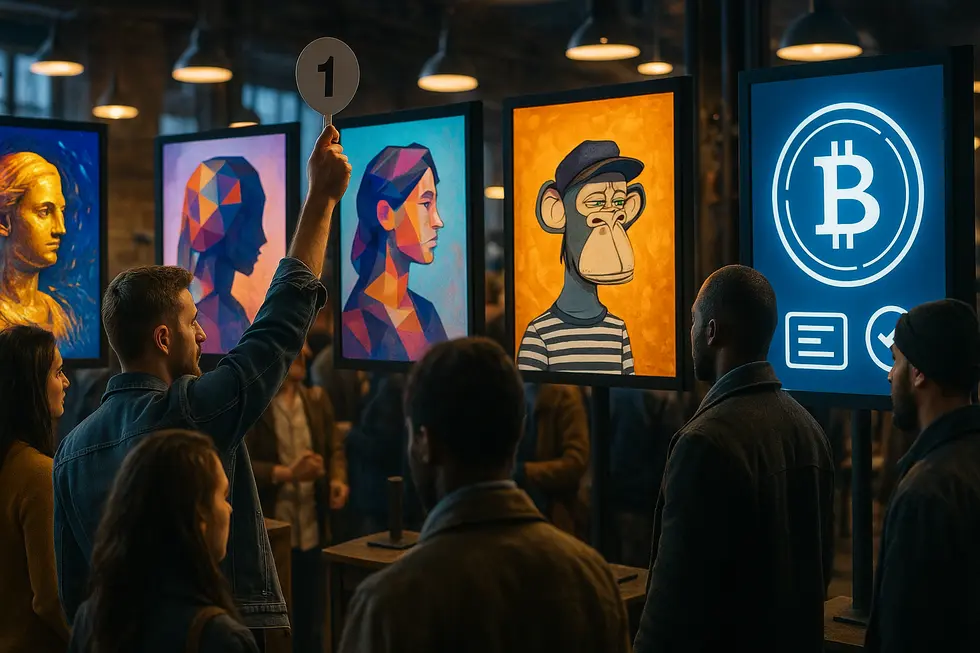
Turning traditional art into NFTs requires artists to first digitize their work—either by scanning or photographing—creating a digital file suitable for tokenization. This file becomes an NFT on a blockchain, certifying its uniqueness and origin. Artists then utilize NFT marketplaces, which act as the hubs for digital art sales. Platforms like OpenSea, Rarible, Foundation, Monbase and SuperRare cater to different audiences, from open platforms welcoming all creators to curated spaces emphasizing high-quality art.
Once minted, these NFTs can be marketed and sold through various mechanisms like fixed-price listings, timed auctions, or open bidding, providing artists with choices that fit their sales strategy. A significant advantage of minting art as NFTs is the ability to earn royalties from future resales, a feature embedded within the smart contracts.
The democratic nature of digital marketplaces reduces traditional intermediaries—like galleries and agents—allowing artists to retain more profit and reach global audiences. To maximize exposure, some artists blend virtual presence in the metaverse with physical NFT exhibitions, merging digital and tangible art experiences Comparing Popular NFT Marketplaces.
Navigating the Legal and Ethical Labyrinth of NFTs from Traditional Art
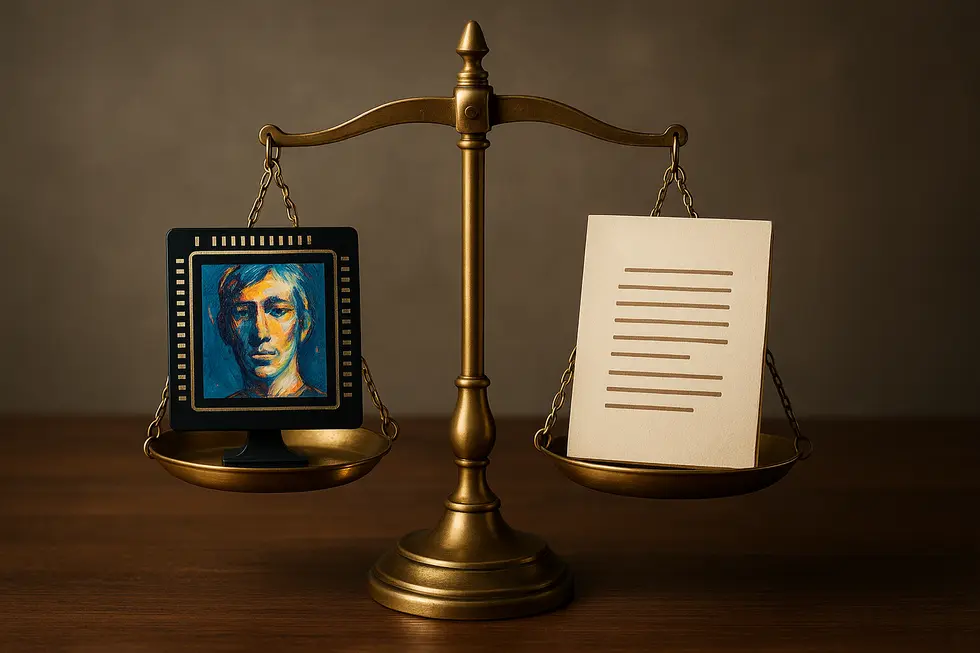
Converting traditional art into NFTs is a groundbreaking endeavor fraught with both legal and ethical complexities. At the legal forefront, intellectual property rights take center stage, as the original artist must possess the rights to mint an artwork as an NFT. While NFTs grant ownership over a digital token, they do not confer copyright or moral rights, leaving buyers with a limited license. Furthermore, smart contracts intertwined with NFT sales facilitate automated royalties for artists, yet they must conform to laws governing contract legality and consent. The looming threat of unauthorized NFT minting introduces risks of art theft and fraud, demanding vigilance from stakeholders. Regulatory ambiguity further shrouds the market in uncertainty, particularly concerning potential securities implications and rules around anti-money laundering.
On an ethical front, using art without consent risks artist exploitation, disrupting artist-fair-use dynamics. The NFT space hints at significant opportunities for artist compensation, yet it could also entrench inequities favoring early players and wealthier collectors. Lastly, by transmuting cultural artifacts into NFTs, we must ponder any unintended distortions in their creative integrity. For more in-depth perspectives on intellectual property rights in the NFT sphere, explore nfts-intellectual-property-rights.
Final thoughts
By understanding the intersection of traditional art and NFTs, artists can harness the potential of the digital economy to enhance their reach and revenue. Each step in this journey, from strategic digitization to navigating complex legal landscapes, holds the key to unlocking new opportunities. As you venture into the NFT world, let this guide serve as a beacon, providing clarity and direction in transforming your art into a digital masterpiece.
About us
Monbase Global is a strategic partner of OpenLive Group, focused on expanding the reach and utility of blockchain and digital asset applications across international markets. As a core collaborator in the Monbase NFT ecosystem, Monbase Global plays a vital role in driving cross-border partnerships, investment strategies, and user adoption beyond Vietnam.
With a vision to build a decentralized digital economy rooted in trust and innovation, Monbase Global supports the international growth of NFTs, digital collectibles, and the use of the MBC token across various platforms. The partnership between Monbase Global and OpenLive Group brings together local insight and global ambition—creating real-world value for creators, collectors, and businesses alike.
🌐 Join the Monbase NFT community and stay ahead of the Web3 curve.
💬 Follow us on Telegram, Twitter, or Discord for drops and updates!
Facebook | X (formerly Twitter) | Telegram announcement | Telegram community


